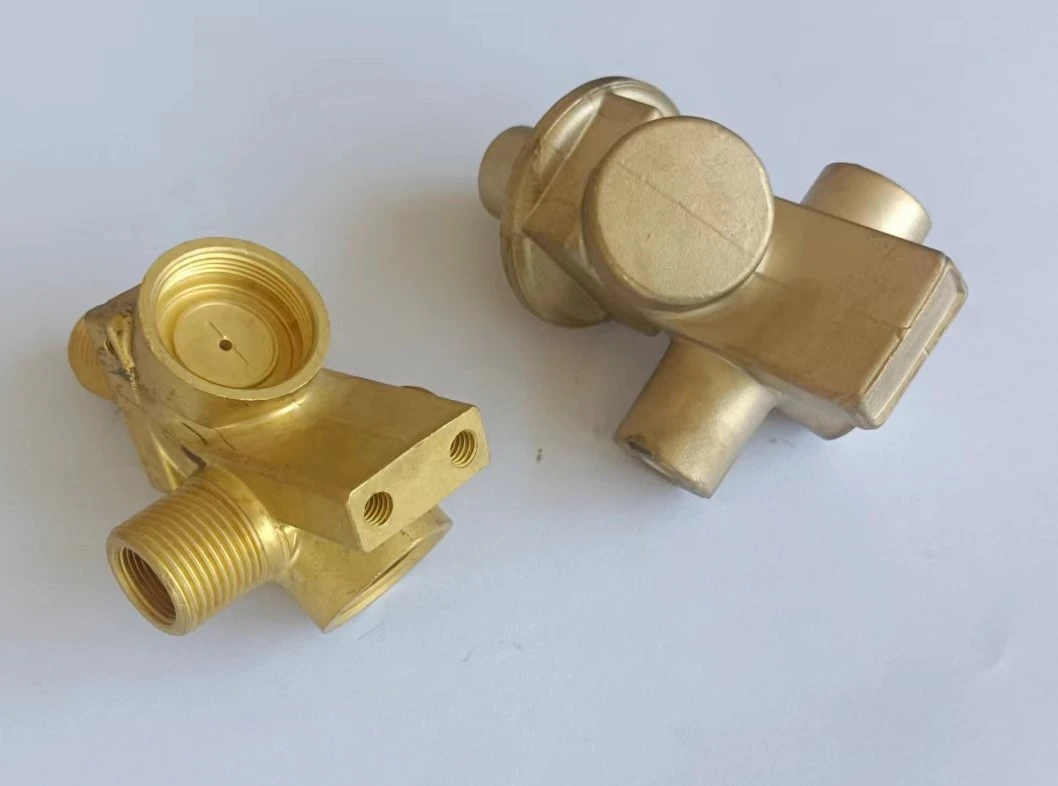Mobile:+86-311-808-126-83
Email:info@ydcastings.com
low temp metal casting
Low Temperature Metal Casting A Comprehensive Overview
In the field of metallurgy and manufacturing, low temperature metal casting has emerged as a significant process, allowing for the creation of metal parts at reduced temperatures compared to traditional casting methods. This innovation offers numerous benefits, including reduced energy consumption, lower production costs, and enhanced properties of the final products.
What is Low Temperature Metal Casting?
Low temperature metal casting refers to the process of casting metals at temperatures significantly lower than their melting points. Typical casting processes, such as sand casting or die casting, often operate at temperatures that can exceed 1000 degrees Celsius, depending on the metal. In contrast, low temperature casting can occur at temperatures as low as 350 to 500 degrees Celsius, depending on the material and alloy used. This technique primarily utilizes low-melting-point alloys such as those based on lead, tin, bismuth, or certain aluminum alloys.
Advantages of Low Temperature Casting
1. Energy Efficiency One of the most significant benefits of low temperature metal casting is its energy efficiency. Lower melting temperatures mean reduced energy consumption during production. In an era where sustainability is paramount, using less energy not only cuts costs but also minimizes the environmental impact associated with high-temperature manufacturing processes.
2. Improved Materials Properties Casting at lower temperatures can lead to altered microstructure in metals, which can improve several mechanical properties such as strength, ductility, and toughness. The slower cooling rates often associated with lower temperature casting can enhance the grain structure of the metal, leading to superior performance characteristics.
3. Reduced Equipment Wear High-temperature casting processes often put tremendous strain on equipment, leading to wear and tear that necessitates frequent maintenance and replacement. By using lower temperatures, manufacturers can extend the lifespan of their casting equipment, resulting in cost savings over time.
4. Better Dimensional Accuracy Low temperature casting can lead to improved dimensional accuracy due to reduced thermal distortion during the casting process. This is particularly beneficial for intricate designs and complex geometries, where precision is critical.
low temp metal casting

5. Safer Work Environment Reducing the need for high-temperature operations creates a safer working environment for employees. The risks associated with extreme temperatures, such as burns or exposure to harmful fumes, are significantly lowered.
Applications of Low Temperature Metal Casting
Low temperature metal casting finds applications across various industries, thanks to its versatility and efficiency.
- Automotive Industry Components made from low-melting-point alloys are commonly used in the automotive sector, particularly in the manufacturing of certain housings, brackets, and fasteners. These components, which require good dimensional stability and ductility, benefit significantly from low temperature casting.
- Aerospace Sector The aerospace industry also capitalizes on low temperature casting for producing lightweight components. Materials that can be cast at lower temperatures can reduce the overall weight of aircraft without sacrificing performance.
- Jewelry and Art In the world of jewelry making and art metalworking, low melting metals such as pewter or low-temperature silver alloys are widely used. The ability to cast at lower temperatures allows artisans and jewelers to create intricate designs with fewer risks of defects.
- Electronics Low temperature casting is also relevant in the electronics field, particularly for creating heat sinks and enclosures where traditional metals may be too heavy or require too much energy to produce.
Conclusion
As industries continue to seek more efficient, sustainable, and cost-effective manufacturing processes, low temperature metal casting stands out as a compelling solution. With its numerous advantages, from energy savings to enhanced material properties, this method is poised to play a crucial role in the future of manufacturing. The ongoing research into new alloys and casting techniques will likely expand the potential of low temperature metal casting, opening up new applications and innovations across various sectors. As we advance through the 21st century, embracing these technologies will be essential for growth and sustainability in the metalworking industry.
-
Why Should You Invest in Superior Pump Castings for Your Equipment?NewsJun.09,2025
-
Unlock Performance Potential with Stainless Impellers and Aluminum End CapsNewsJun.09,2025
-
Revolutionize Your Machinery with Superior Cast Iron and Aluminum ComponentsNewsJun.09,2025
-
Revolutionize Fluid Dynamics with Premium Pump ComponentsNewsJun.09,2025
-
Optimizing Industrial Systems with Essential Valve ComponentsNewsJun.09,2025
-
Elevate Grid Efficiency with High-Precision Power CastingsNewsJun.09,2025











